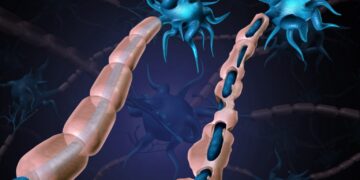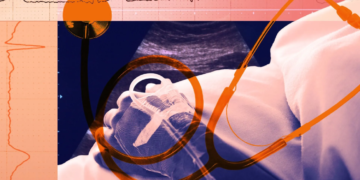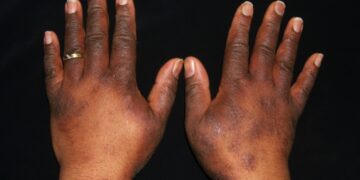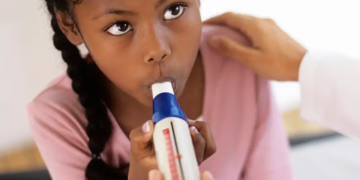March 4, 2025 Story by: Editor
A new study from Emory University reveals that childhood trauma can lead to physical changes in the hearts of Black women.
The research, which analyzed the connection between childhood trauma and vascular dysfunction among over 400 Black adults in Atlanta aged 30 to 70, found that women who experienced childhood trauma exhibited poorer vascular function—a key preclinical marker of heart disease—while no such effect was observed in men. The findings suggest that women may be more susceptible to cumulative stress, leading to different physiological responses.
“Heart disease is still the number one killer of women,” says Telisa Spikes, RN, PhD, and lead author of the study, which was published in the Journal of the American Heart Association. “We have already heard that stress kills, but until recently, few studies have investigated stressors, especially socially derived, and how they impact cardiovascular outcomes. We are beginning to quantify what type of effect stress has — and we are seeing now that stress does get under the skin to have a detrimental impact on cardiovascular health, especially for Black women,” adds Spikes, a professor at Emory University’s Nell Hodgson Woodruff School of Nursing.
Conducted at the Morehouse-Emory Cardiovascular Center for Health Equity, the study found that childhood trauma in women can lead to arterial stiffness—reduced artery function in the cardiovascular system—raising the risk of major cardiac events such as heart attacks and strokes. It is also linked to high blood pressure, heart disease, and dysfunction in small blood vessels, which can damage brain or kidney tissues.
Many participants reported experiencing childhood trauma, defined as distressing events that threaten the bodily, familial, or social safety of an individual under 18. Researchers used a 27-item self-report questionnaire to assess trauma exposure in four categories: general trauma, emotional abuse, sexual abuse, and physical abuse.
Although men and women in the study reported similar levels of childhood trauma, only women exhibited the vascular dysfunction associated with it. Both groups shared similarities in education, income levels, and marital status, with nearly half earning less than $25,000 annually. Additionally, they had comparable rates of blood pressure, diabetes, hypertension, and other health markers. However, the presence of arterial stiffness exclusively among women indicates a gender-specific biological impact of trauma.
The study suggests that women may process stress differently due to variations in the type and chronicity of trauma they experience. For instance, “Evidence shows that girls are more likely to be exposed to sexual abuse, whereas boys are more likely to report physical abuse.” It also highlights that Black populations experience a higher prevalence of childhood maltreatment, compounded by adverse social stressors, which can increase the likelihood of unhealthy coping mechanisms.
“What was an interesting takeaway was that both the men and women in this group had a low cardiovascular risk burden, meaning that it was a healthy population,” says Spikes, noting a correlation between arterial stiffness and traumatic experiences. “This exposure to trauma had a more consequential effect on the cardiovascular health of Black women over Black men, and that was very eye-opening. This may explain why we are seeing such an increased burden of high blood pressure in Black women, and why it’s happening earlier in life compared to women from other racial-ethnic backgrounds.”
Spikes concludes that incorporating trauma-informed assessments into patient evaluations could help mitigate cardiovascular disease risk.
“It is widely known that women process and appraise stressors differently and are more impacted by that neurobiological process,” says Spikes. “Depression and cardiovascular disease are synergistic — they go hand-in-hand. Mental wellbeing has a profound impact on physical health outcomes, and adding a psychosocial questionnaire for the patients could be an important clinical screening tool for risk assessment.” Source: Emory News Center

















